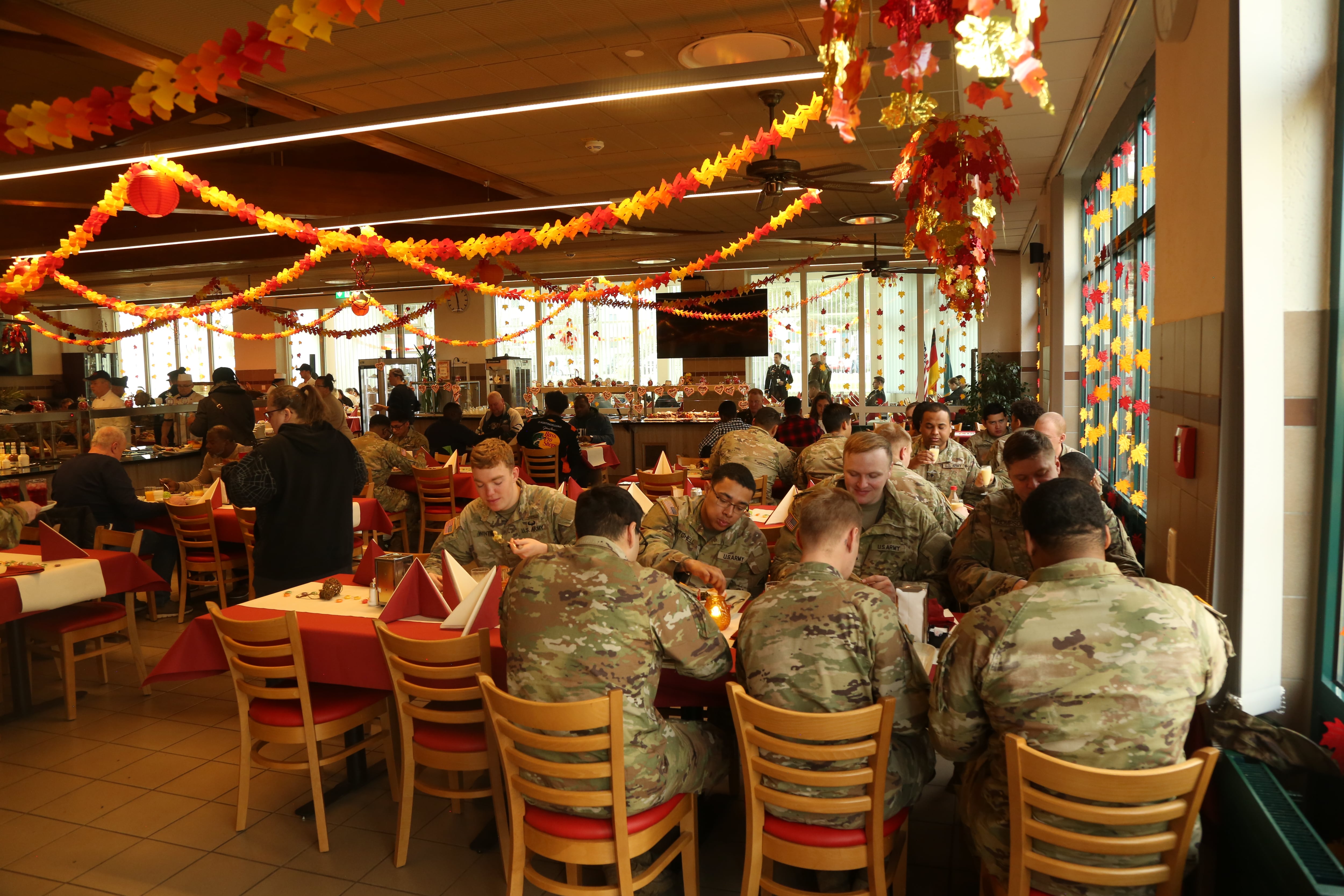Since Japanese aircraft sank the USS Arizona during the Dec. 7, 1941, surprise attack on Pearl Harbor, the battleship has remained in place under water, the watery gravesite to more than 900 sailors entombed within.
The U.S. Navy, as with other sunken ships in the harbor, considers those entombed beneath the ship’s hull to be in their final resting place.
The battleship suffered more loss of life than any American ship during the attack, its 1,177 dead comprising nearly half the 2,403 killed at Pearl Harbor.
Of the ship’s dead, 277 of its sailors and Marines are buried in Honolulu’s National Memorial of the Pacific. The identity of 86 of those men remain unknown to this day.
RELATED

However, this past week the Defense POW/MIA Accounting Agency announced that it “will seek exhumation of dozens of unknowns from the Pearl Harbor attack once an advocacy group is confirmed to have reached the required mark in its genealogy work,” Stars & Stripes first reported.
The issue was first raised in February 2021 when Kelly McKeague, the director of the Defense POW/MIA Accounting Agency, was asked during a Facebook Live meeting when the agency would disinter them.
McKeague stated at the time that it didn’t make “pragmatic sense” to identify them.
Rear Adm. Darius Banaji, the agency’s deputy director, also reported that the Navy has no plans to disinter the remains and try to identify them because there is insufficient documentation.
Unlike the USS Oklahoma, where 388 previously unidentified sailors and Marines were disinterred from that same cemetery and identified in 2015, Banaji told The Associated Press in 2021 that the military has files on just half of those missing from the Arizona.
That number was once again halved when it came to medical records. The Navy has the dental records for only 130 men who were aboard the Arizona. Some documents are believed to have been destroyed with the battleship. Others may have been lost in a 1973 fire at a military personnel records office, according to the AP.
The Pentagon drafted a new policy in 2015 that allows for the disinterment of groups of unknown servicemen if it expects to identify at least 60% of the group. For the USS Oklahoma, the military has more than 80% of DNA samples from family members to help with the identification process. In recent years, the military possessed just 1% for the missing Arizona crew members.
To reach the required 60% threshold for the Arizona, that would mean 643 families.
On Tuesday, McKeague stated that the Armed Forces DNA Identification Laboratory had DNA from 613 families and was in the process of receiving additional test kits to reach the mandatory threshold.
This milestone was reached last week, in large part, by the advocacy group Operation 85.
Kevin Kline, a Virginia-based real estate agent and grandnephew of the still-missing Petty Officer 2nd Class Robert Kline, started Operation 85 in 2023 after a DPAA family update left him furious.
In the meeting, the agency announced it would not be identifying the unknowns anytime soon.
A Navy report to Congress in March 2022 identified just 25 USS Arizona families on file and the report estimated it would take government 10 years to track descendants for DNA acquisition — to the tune of approximately $2.7 million.
Kline took action.
Pausing his career and putting about $75,000 of his own money into Operation 85, “Kline brought in research analysts and a forensic genealogist. They tracked down the appropriate family member DNA donors and worked with the Navy and Marine Corps casualty offices to send DNA kits to the families through the mail,” according to Stars & Stripes.
Now, according to a Nov. 1 Operation 85 newsletter update, 653 DNA kits have been obtained — exceeding the government’s threshold.
“What DPAA is preparing to do now is exactly the mission we built the foundation for,” Kline told the outlet. “When the system said ‘no,’ families stepped forward and made ‘yes’ possible.”
Claire Barrett is the Strategic Operations Editor for Sightline Media and a World War II researcher with an unparalleled affinity for Sir Winston Churchill and Michigan football.





